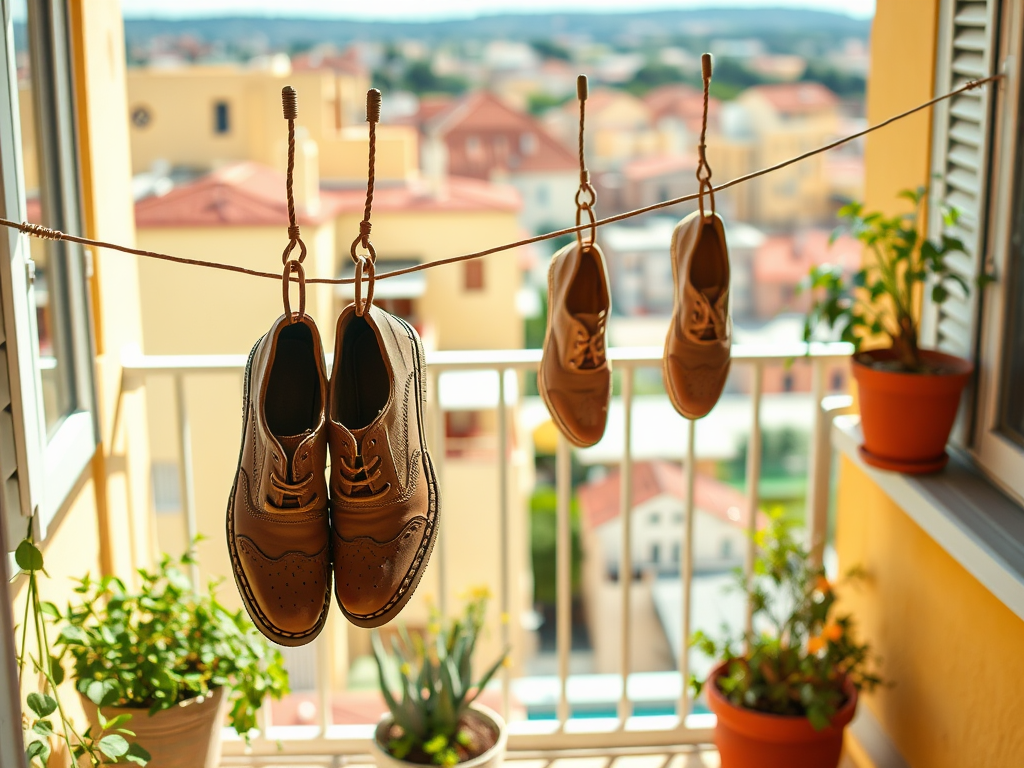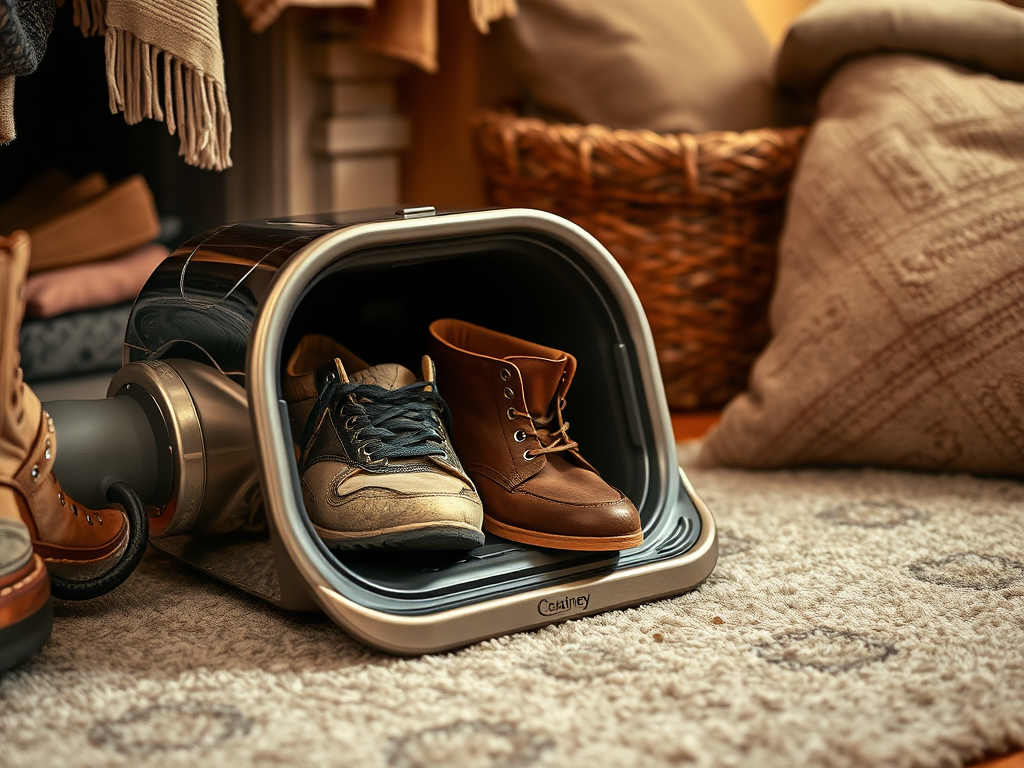Should You Dry Your Shoes in the Dryer? Pros and Cons
In our fast-paced lives, convenience often takes precedence over traditional methods. One question that frequently pops up is whether it’s wise to toss your shoes into the dryer after a muddy run or a rainy day. The allure of throwing damp shoes into a machine and letting it do the work quickly is undoubtedly appealing. However, before giving in to this tempting shortcut, it’s essential to weigh the advantages and drawbacks. Ultimately, making an informed decision can protect both your footwear and your investment in quality shoes. This article will delve into the pros and cons of drying your shoes in the dryer and explore alternative methods for achieving dry footwear.
Pros of Drying Shoes in the Dryer

One of the most immediate benefits of using a dryer to dry shoes is the time efficiency it offers. Rather than waiting for hours or even days for shoes to air dry, a dryer can do the job in a matter of minutes. For those with tight schedules, this can be a game-changer, especially when you have a crucial event just around the corner. Additionally, drying shoes in a closed environment minimizes their exposure to dust and dirt that can settle on them when left outdoors.
Another significant advantage is the elimination of odors. The heat from the dryer not only helps in drying but can also kill off bacteria and fungi that produce unpleasant smells. Shoes often absorb moisture, which can lead to prolonged odors if not properly treated. Therefore, the dryer could serve as an effective way to achieve not only dryness but also freshness. Nonetheless, it is vital to proceed with caution, as the wrong approach might lead to unwanted consequences.
- Time Efficiency
- Less Exposure to Dirt
- Odor Elimination
Cons of Drying Shoes in the Dryer

On the flip side, drying shoes in the dryer comes with potential hazards that can ruin your cherished footwear. The most pressing concern is the possibility of damaging the shoe materials. Many shoes are constructed from delicate materials that don’t respond well to high heat. For example, leather and suede can warp or shrink, undermining the shoe’s fit and appearance. Similarly, fabrics like canvas may fray, compromising the shoe’s longevity.
Another critical downside is the risk of deforming the shoe’s shape. Shoes can lose their structural integrity and become uncomfortable or even unwearable after being subjected to tumbling in the dryer. Moreover, the noise generated by the shoes bouncing around inside the dryer can be quite off-putting. Heavy shoes can create startling thuds, leading to both a disruptive environment and potential damage to the dryer itself.
| Type of Shoe | Recommendation |
|---|---|
| Sneakers | Generally safe, especially if made from synthetic materials. |
| Leather Shoes | Not advisable; air drying is preferable. |
| Canvas Shoes | Avoid; they may get damaged or deformed. |
| Boots | Use caution; better to air dry. |
If you’re still on the fence about the dryer, consider alternative methods that are less risky. Air drying is the most straightforward yet effective method. Simply remove the insoles and place them in a well-ventilated area. You can speed this process by using a fan to circulate air around the shoes.
Another option is to invest in a shoe dryer. These devices are designed specifically for this purpose and can safely dry your shoes without causing damage. They come with adjustable settings that can accommodate various shoe materials, ensuring a tailored approach to drying. If you’re serious about shoe care, a shoe dryer might be worth the investment.
- Air Drying with Ventilation
- Using a Fan to Promote Airflow
- Investing in a Specialized Shoe Dryer
Conclusion
The decision to dry your shoes in the dryer isn’t one to take lightly. While there are undeniable pros, such as time efficiency and odor elimination, the cons may outweigh the benefits for certain types of footwear. It’s crucial to consider the materials of your shoes and whether they can withstand the rigors of a dryer. For more delicate shoes, opting for air drying or using a shoe dryer could prolong their lifespan and maintain their integrity. Ultimately, choosing the right drying method ensures not just dryness, but also the overall health of your footwear.
Frequently Asked Questions
- Is it safe to dry all types of shoes in the dryer? No, certain materials can be damaged, so it’s best to check the manufacturer’s instructions.
- What types of shoes are most suitable for drying in the dryer? Sneakers made from synthetic materials are often safer, while leather and suede should be air-dried.
- How can I protect my shoes if I decide to use the dryer? Consider placing them in a pillowcase or a laundry bag to reduce the risk of damage.
- Are there faster alternatives to using a dryer? Yes, using a fan or a shoe dryer can also expedite the drying process without the risks associated with a dryer.
- Can I put my shoes in the dryer with other laundry? It’s advisable to avoid it, as shoes can damage other items and vice versa.
